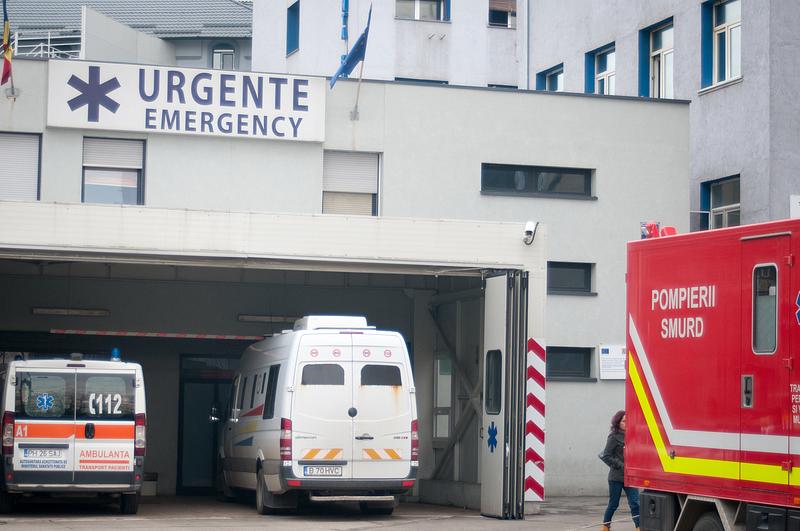Report: Romania’s public medical system faces shortage of doctors, issues with fire and safety permits



A report from Romania’s Court of Auditors analyzing the management of human resources and hospital infrastructure in Romania between 2014 and 2021 shows that the medical system still has a deficit of doctors and seems to be in a severe state of disorganization.
The document, which is 64 pages long, issues several warning signals. It shows that, despite the fact that salaries in the Romanian medical system have increased on average by 3.06 times compared to the reporting year 2014, and despite the increase in staff numbers, problems remain.
“At the level of the Ministry of Health, there is no knowledge regarding the network of hospitals operating under other ministries, nor about doctors with limited competencies; the data and information used by the Ministry of Health are not included in an integrated database and are not used to make correlations, analyses on the basis of which decisions can be made in the healthcare system,” the report says, cited by Digi24.
The Ministry of Health operates 58 hospitals, the Ministry of Transport - 15 hospitals, local administration - 279 hospitals, MAI and MAPN - 13 hospitals, and the Romanian Academy, SRI, and the Ministry of Justice - one hospital each.
Many of the buildings in which hospitals operate have issues with their fire and safety authorizations. A large part of the hospital units with beds are not authorized by the Emergency Situations Inspectorate. Out of the 58 hospitals of the Ministry of Health, 10 buildings are in class I of seismic risk. 67 out of the 279 hospitals of the local administration have seismic classification. And 12 buildings out of the 13 hospitals of MAI and MAPN have seismic classification.
The deficit of doctors is also evident from the comparison with data from other European countries. Romania ranks second to last in the EU, with 304.7 doctors per 100,000 inhabitants, while Greece (which is at the top of the ranking) had almost double the number of doctors per 100,000 inhabitants, namely 610.4. However, although the number of doctors per 100,000 inhabitants increased by 42% in 2021 compared to 2014, the Court's specialists note 'significant differences' in the number of doctors between regions, namely the Bucharest-Ilfov Development Region, with 397.24 doctors/100,000 inhabitants, compared to the South-Muntenia Development Region, with 75.25 doctors/100,000 inhabitants.
Most of the money for modernization/consolidation/major repair works at the level of public hospital units came from funds from local budgets (47%) and the state budget (30%). Court of Auditors specialists say that “of the 12 investment objectives, annex to the approved budget of MS during the period 2014–2021, a number of 7 objectives (approximately 58%) were completed, the others being in progress.”
The authors of the document note that “in Romania, there is no Burns Center that could treat very serious cases and no Medical Recovery Centers for patients who have suffered severe burns, but only functional units that can treat cases only up to a certain complexity.”
(Photo source: Teodororoianu | Dreamstime.com)